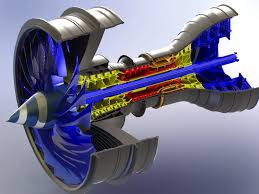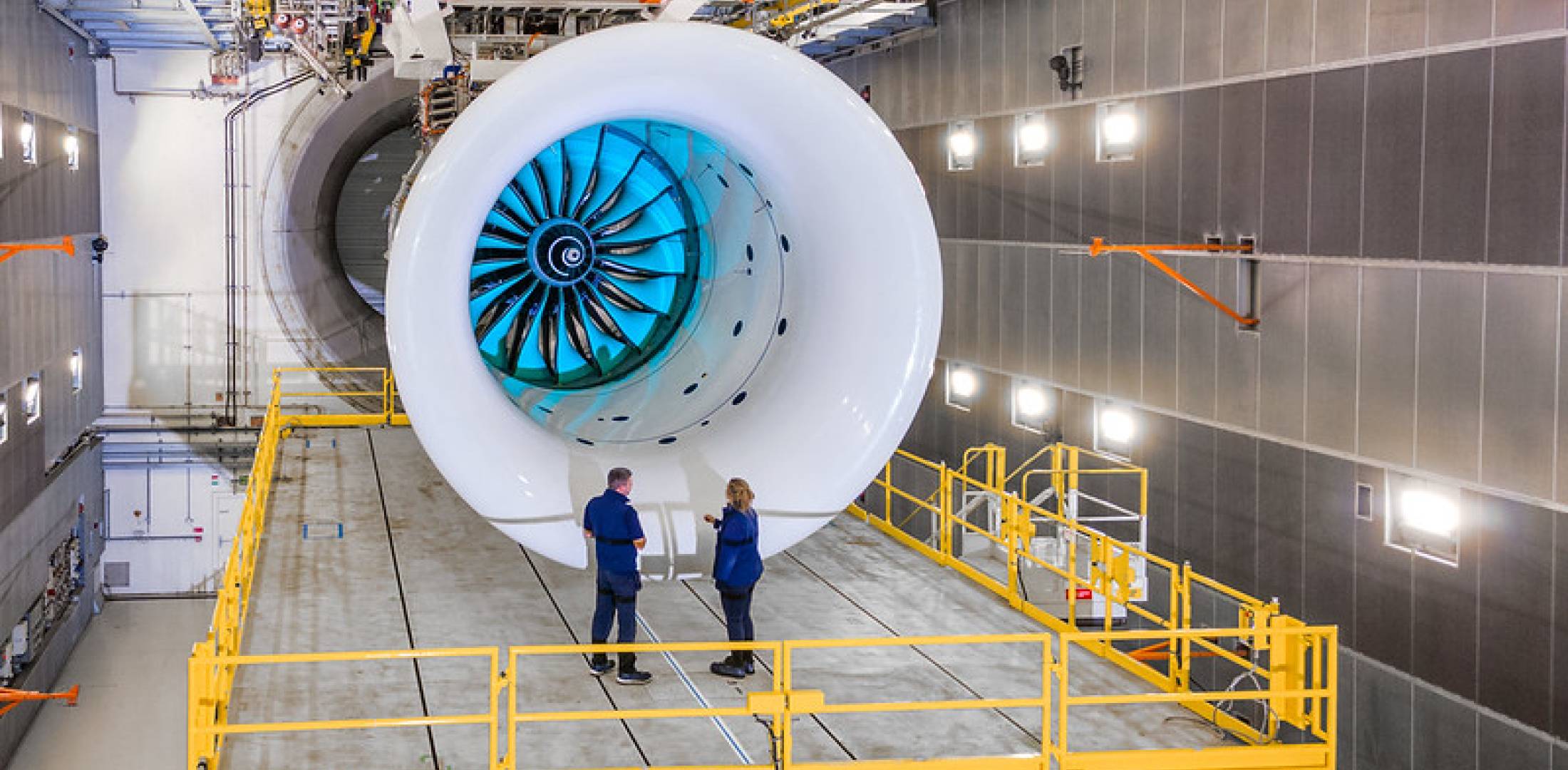High bypass engines are a relatively new technology, developed due to the need for a reduction in fuel burn. Bypass ratio is essentially the proportion of the air going into the engine to the air going around the sides. Low bypass engines suck almost all of incoming air into their compressor, increasing the need for kerosene. Luckily, higher bypass engines can produce almost the same amount of thrust and are immensely more efficient than conventional designs.
Similar to most modern technology, these novel engines can be used for sustainable purposes. Due to biofuel’s low energy density, aircraft today would have to carry more fuel, and therefore more weight. With an extremely large air to intake ratio, a plane would not have to increase fuel tank size or gain mass. With all these fuel saving features, these designs will reduce passenger emissions per capita by up to thirty percent. The effects of these engines can already be seen today, with the 737 MAX and A220 all being successful due to their low kerosene consumption rate.

However, these engines are not perfect. Because not all of the fuel is going into the compressor, it cannot produce as much thrust as a conventional engine. Takeoff performance will be drastically reduced, thereby limiting the number of airports the plane can operate from. Finally, these designs are considerably larger than a low bypass engine, making maintenance harder and increasing the likelihood of something going wrong.
Though they have some considerable downsides, high bypass ratio engines will be the future of aviation. With more SAF inside jet fuel every day, it is only a matter of time before these efficient engines will be on every airliner.
